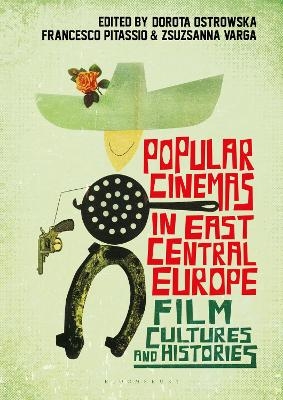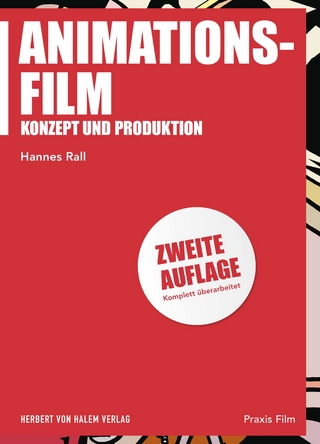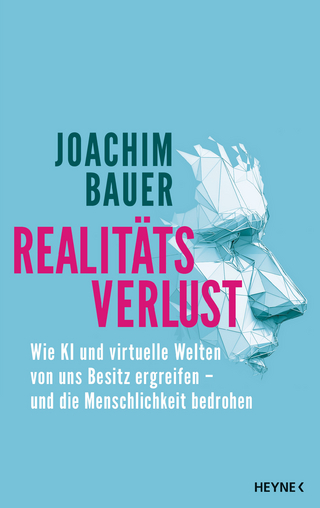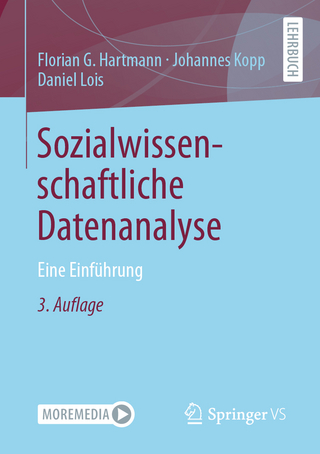
Popular Cinemas in East Central Europe
Bloomsbury Academic (Verlag)
978-1-350-24426-9 (ISBN)
By looking closely at genre, stardom, cinema exhibition, production strategies and the relationship between the popular and the national, it charts the remarkable evolution and transformation of popular cinema over time.
Zsuzsanna Varga teaches Hungarian studies at the University of Glasgow. Her research interests include comparative literature and film studies. She has written numerous articles and book chapters on Central European TV, and Hungarian, Portuguese, and Scottish literature. Francesco Pitassio is the associate professor of film studies at the University of Udine in Italy. His main research interests are Italian cinema, Czech cinema, film performance and stardom, and film theory. His publications include Il cinema neorealista (with Paolo Noto) (2010) and Attore/Divo (2003). Dorota Ostrowska is a senior lecturer in film and modern media at Birkbeck College, University of London. She publishes in the areas of European film and television studies, film festival studies, and the history of film and media production. Her publications include Reading the French New Wave: Critics, Writers and Art Cinema in France (2008) and European Cinemas in the TV Age (with Graham Roberts) (2007).
1.INTRODUCTION
2.Producing the Popular
Chapter 1: How to be loved? Three takes on ‘the popular’ in socialist and nonsocialist cinema (Paul Coates)
Chapter 2: Postwar Czechoslovak Comedy, the Autonomization of Parody, and Lemonade Joe (1964) (Petr Szczepanik)
Chapter 3: The Czechoslovak-East German Co-Production Three Nuts for Cinderella – A Transnational Tale (Pavel Skopal)
Chapter 4: Hollywood’s factor in the most popular Hungarian films of the 1996-2014 period: when a small postcommunist cinema meets a mainstream one (Andrea Virginás)
Chapter 5: Serial Nostagia: On Alternative Modes of Popular Cinema in Post-89 Czech Production (Francesco Pitassio)
3.Genre:
Chapter 6: Czech Historical Film and Historical Traditions: The Merry Wives (1938) (Ivan Klimeš)
Chapter 7: Transformations: Hungarian Popular Cinema in the 1950s (Balázs Varga)
Chapter 8: Poland’s Wild West and East: Polish Westerns of the 1960s (Miko?aj Kunicki)
Chapter 9: The Paradox of Popularity: The Case of Crime Movie with Socialism in Hungary (Gábor Gelencsér)
Chapter 10: Film in Full Gallop: Aesthetics and the Equine in Poland’s Epic Cinema (Matilda Mroz)
Chapter 11: The Power of Love: Polish Postcommunist Popular Cinema (El?bieta Ostrowska)
Chapter 12: When Walls Fall: Families in Hungarian Films of the New Europe (Clara Orban)
4.Stardom, Exhibition, and Reception:
Chapter 13: Starlets and heartthrobs: the Hungarian cinema of the interwar period (Zsuzanna Varga)
Chapter 14: Stripping of his charms: The stability and transformation of Old?ich Nový's star image 1936–1955 (Šárka Gmiterková)
Chapter 15: “Humanist Screens”: Foreign Cinema in Socialist Poland (1945-1956) (Dorota Ostrowska)
Chapter 16: The Exhibition of Popular Cinema in the Czech Republic and Slovakia After 1989 within the Context of the European Union (Jan Hanzlík)
| Erscheinungsdatum | 19.11.2021 |
|---|---|
| Zusatzinfo | 6 bw illus |
| Verlagsort | London |
| Sprache | englisch |
| Maße | 156 x 234 mm |
| Gewicht | 531 g |
| Themenwelt | Kunst / Musik / Theater ► Film / TV |
| Sozialwissenschaften ► Kommunikation / Medien ► Medienwissenschaft | |
| ISBN-10 | 1-350-24426-0 / 1350244260 |
| ISBN-13 | 978-1-350-24426-9 / 9781350244269 |
| Zustand | Neuware |
| Haben Sie eine Frage zum Produkt? |
aus dem Bereich


